

Sewing patterns are essential tools for anyone interested in sewing and creating their own garments. Whether you are a beginner or an experienced seamstress, understanding and correctly using sewing patterns is crucial for achieving professional and customized results. Here is a step-by-step guide on how to effectively use sewing patterns.
1. Choose the Right Pattern
When selecting a sewing pattern, consider your skill level and the type of garment you want to create. Patterns usually indicate the level of difficulty, ranging from beginner to advanced. Start with something suitable for your skill level to ensure success.
2. Take Accurate Measurements
Before cutting your fabric, take precise measurements of your body. Use a measuring tape and follow the pattern’s guidelines to determine the correct size. Accurate measurements are crucial for achieving a perfect fit.
3. Understand the Pattern Instructions
Read through the pattern instructions thoroughly before starting. Familiarize yourself with the layout, markings, and symbols used. Instructions typically include cutting layouts, step-by-step sewing directions, and any additional techniques specific to the pattern.
4. Prepare the Fabric and Pattern Pieces
Wash and iron your fabric before cutting to prevent unexpected shrinkage. Lay out the pattern pieces according to the cutting layout provided. Use weights or pins to secure the pattern onto the fabric, ensuring it remains still while cutting.
5. Cut the Fabric Carefully
Follow the pattern’s cutting lines precisely, using fabric scissors or a rotary cutter. Transfer any notches or markings onto the fabric using tailor’s chalk or fabric markers. Take your time and double-check measurements and markings to avoid mistakes.
6. Pin and Sew the Pieces
Refer to the pattern instructions for correct pinning and sewing techniques. Pin the fabric pieces together with the right sides facing each other, aligning the marked notches. Use the recommended sewing machine settings and stitch types. Take care when sewing curved or intricate sections.
7. Finishing Touches
Once the main garment is sewn, finish the edges with suitable techniques such as hemming, binding, or serging. Press the completed garment using an iron at the recommended temperature.
Remember, practice makes perfect. With each new sewing project, you’ll gain confidence and improve your skills. Sewing patterns are powerful tools that allow you to create beautiful and personalized garments. Enjoy the process and let your creativity shine!
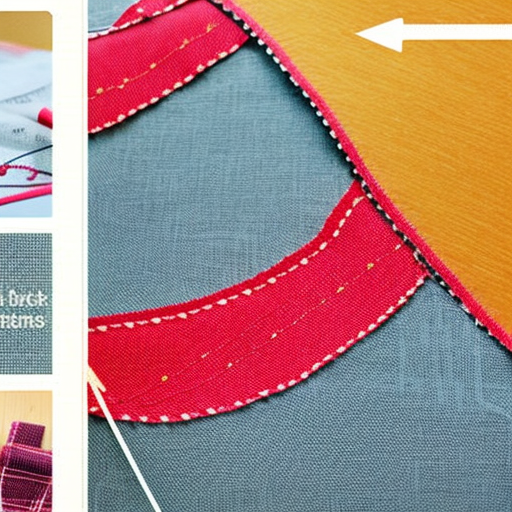
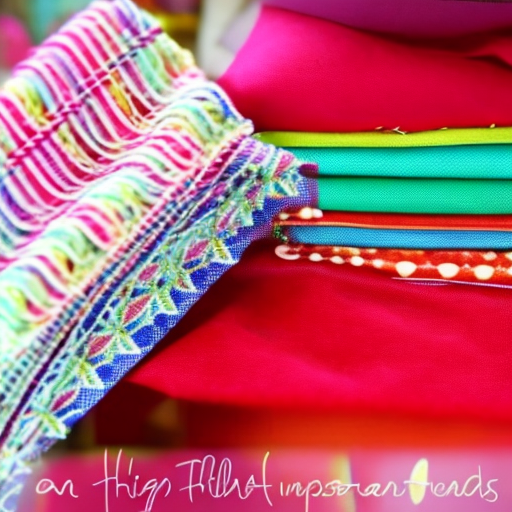
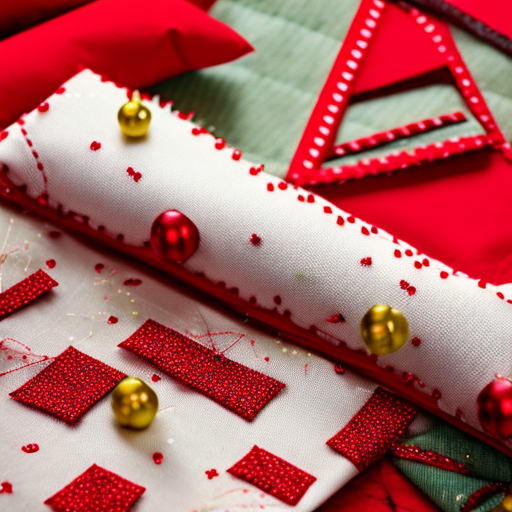
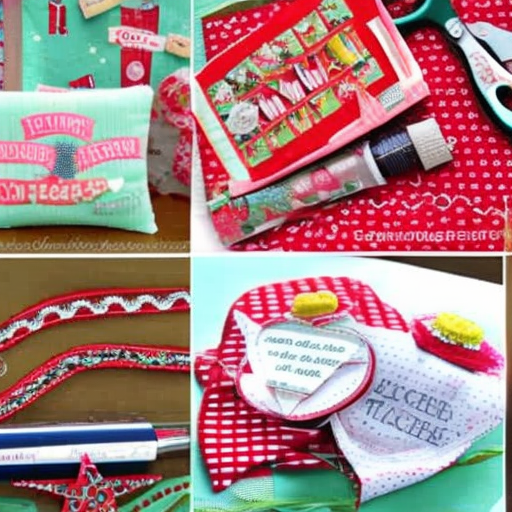
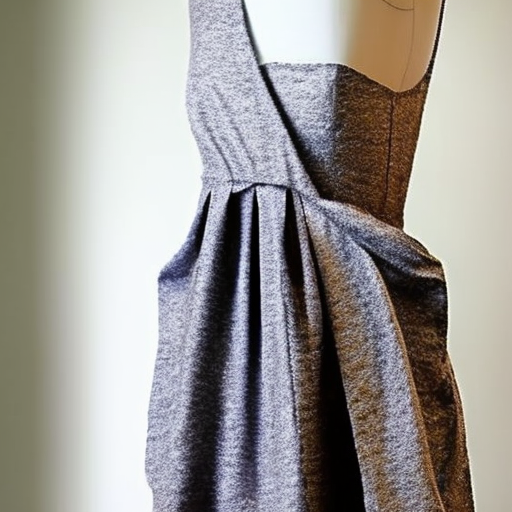
This looks so helpful!
Fred Rodgers: I can’t believe I never knew about this!
This is great information for anyone who’s interested in creating their own clothing designs! It looks very easy to follow, with clear instructions on how to get started. Whether sewing is a beginner or an advanced skill, this tutorial is a great resource for improving their craft!
Definitely adding this to my to-do list!